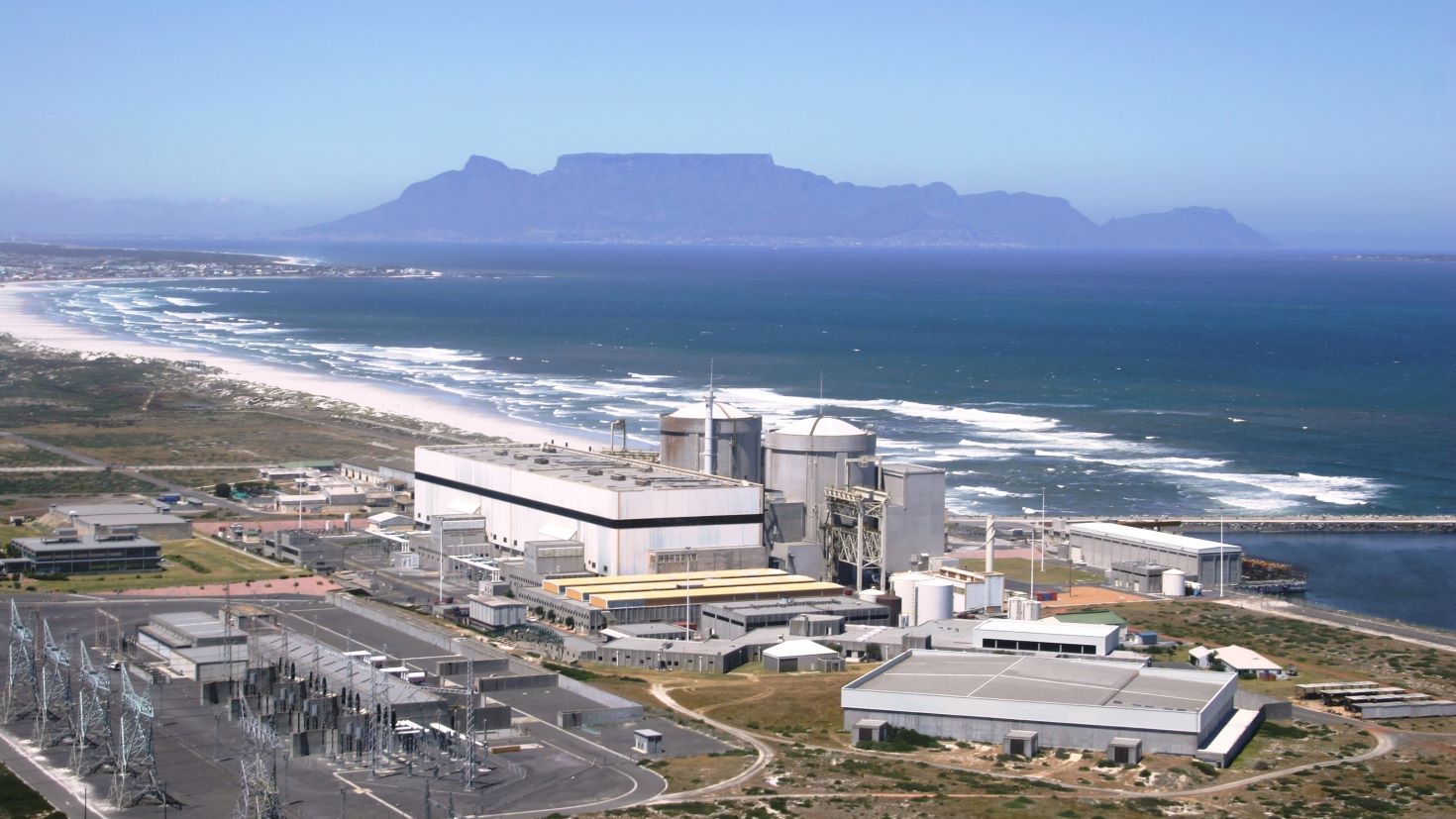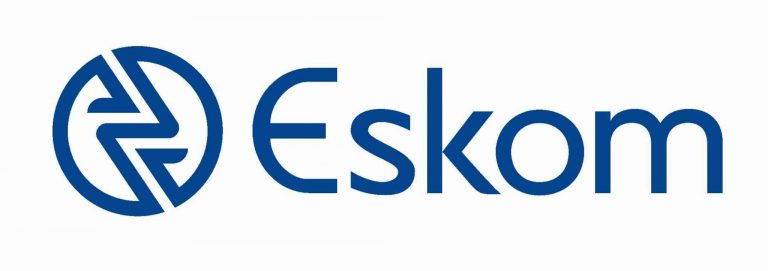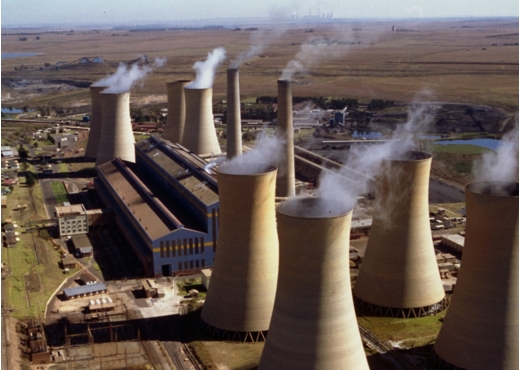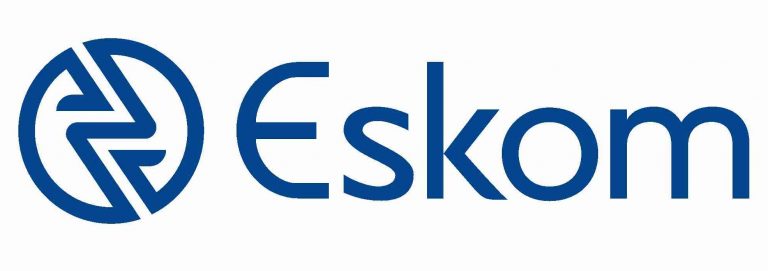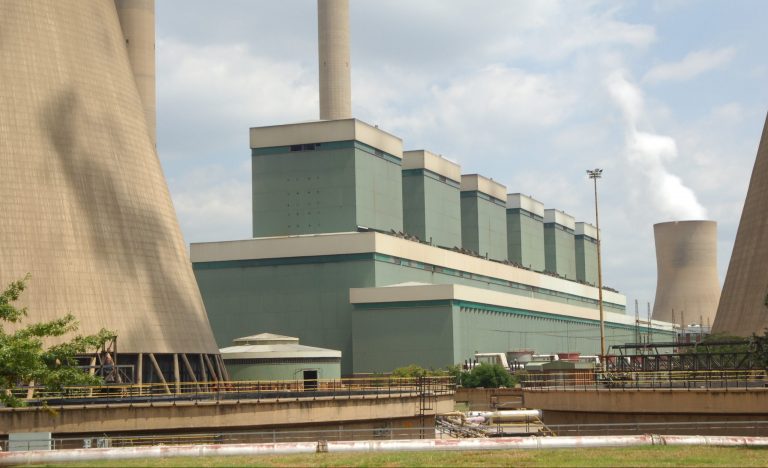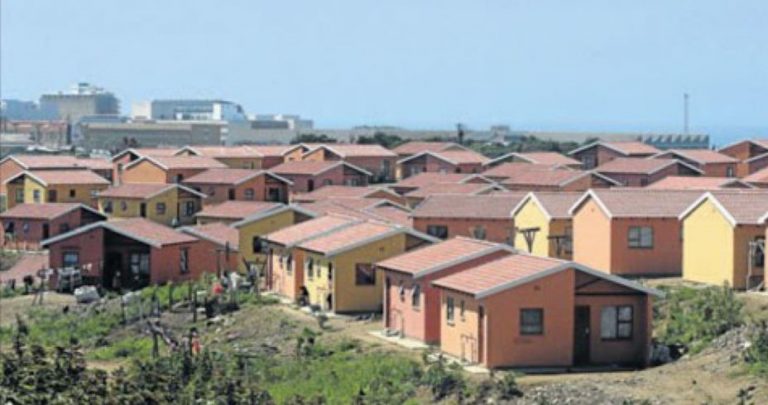Eskom confirms structural integrity and robust safety monitoring at Koeberg: safety tests have not been skipped
Wednesday, 24 September 2025: Recent commentary suggesting that Eskom is ‘flying blind’ at Koeberg Nuclear Power Station is inaccurate and misleading. Eskom confirms that all safety-critical systems are fully functional, carefully monitored, and continuously improved in line with strict nuclear safety standards.
Containment Structures: Tested, Verified, Monitored and Safe
Koeberg’s containment buildings, the massive concrete domes designed to prevent any release of radiation in the event of an incident, have undergone rigorous structural assessments. These included:
- Concrete core sampling and mechanical testing, conducted by reputable and independent institutions in line with international nuclear safety standards, confirmed that the material properties remain sound and well within safety margins.
- The results of the Integrated Leak Rate Test (ILRT) that was recently concluded on Unit 1 further validate the structural integrity of the containment buildings and the data that is being used.
- The results of various tests and data analyses confirm that both containment structures at Koeberg are fit for continued operation for at least the next 20 years. Monitoring systems such as strain gauges and crack detectors continuously track structural behaviour over time, enabling early detection of any anomalies and supporting proactive, preventative maintenance.
- The existing containment monitoring instrumentation was fully refurbished and restored during the 2023 and 2024 maintenance cycles. In 2025, Eskom installed Vibrating Wire Strain Gauges (VWSGs) and optical fibre sensors to enhance the precision, redundancy, and reliability of structural monitoring. These upgrades are part of Eskom’s proactive approach to safety—not a response to any immediate risk.
A modification to install new monitoring instruments to enhance monitoring of the containment building is planned for the medium to long term, aimed at continuous improvement and aligned with global best practices.
Safety is Not Optional—It’s Fundamental
Eskom operates Koeberg with a safety-first mindset, under the strict oversight of the National Nuclear Regulator and in full alignment with international nuclear safety conventions. Assertions that safety tests have been skipped or that Eskom is operating “blind” are not only inaccurate—they undermine the rigorous engineering and regulatory processes that govern nuclear operations.
The Integrated Leak Rate Test (ILRT) is a cornerstone of nuclear safety. It pressurises the containment to accident condition pressure to verify that the containment building is leak tight and capable of containing radioactive release in the unlikely event of an accident. The ILRT for Unit 1 was successfully completed during Outage 127 in 2025, and the ILRT for Unit 2 is scheduled for Outage 227, in line with the 10-year testing cycle required by international standards.
The 10-year interval that Eskom has adopted is in line with the standard practice at most nuclear power plants in France. In the United States, the Nuclear Regulatory Commission (NRC) has endorsed a risk-informed methodology that allows licensees to apply for a permanent, performance-based extension of the ILRT surveillance interval from 10 to 15 years. Therefore, the 10-year interval Eskom has adopted aligns with best practices worldwide, and there is currently no performance-based data that requires Eskom to adjust the ILRT interval to every five years.
Koeberg remains one of the most closely monitored and well-maintained nuclear facilities on the continent. Eskom will continue to invest in its safety systems, infrastructure, and personnel to ensure that Koeberg remains a reliable, secure, and compliant source of energy for South Africa.
Eskom assures the public that the containment buildings of both Unit 1 and Unit 2 at Koeberg Nuclear Power Station are safe and fully capable of performing their intended design function.
ENDS

